We learned that Trail Ridge Road (Rte 34) was open all the way to Alpine Visitor Center and beyond to the western entrance of Rocky Mountain National Park. So, we hopped in the car and headed into the park at the Beaver Meadows entrance.
The Alpine Visitor Center opened in 1965. An an elevation of 11,796’, it is an isolated setting with no utility or telephone lines. Electricity is provided by a diesel generator; snowmelt is collected, treated, and stored nearby for water; and sewage is hauled out by truck to a treatment facility daily. Maintenance crews drain all pipes and shut down the systems for the 7-month closure every year. The building is completely covered in snow for many months during the winter.
The alpine tundra behind the visitor center can be viewed through the large windows. For trees to grow, the average temperature in the warmest month must be 50 degrees F. The treeline in RMNP is 11,400’. One third of the park is alpine tundra.
In addition to the fantastic views, we checked out the exhibits in the visitor center.
Learning more about the wildlife that live at these altitudes was very interesting. Below is a yellow-bellied marmot. They live in both the tundra and forests at lower altitudes.
The least chipmunk and golden-mantled ground squirrel (both members of the squirrel family) retreat into their burrows in winter. The chipmunks sometimes wake up and snack on stored food, but the squirrels lose 1/3 of more of their body weight during hibernation and is a common cause of death.
The long-tailed weasel molts twice a year, growing a brown summer coat in the spring and a snowy white winter coat in the fall.
A gift shop and small cafe are located next to the Alpine Visitor Center. There is a nice array of souvenir gifts in the shop. Our sweet doggie, Sadie, had been waiting in the car while we were checking out the exhibits and shop, so we let her explore the snow covered areas near the parking lot. She loved it!
You feel like you are on the top of the world at this place!
We continued driving west on Trail Ridge Road and made a quick stop at Medicine Bow Curve.
At Milner Pass, we stopped for the experience of straddling the Continental Divide!
To the east of the Divide is Poudre Lake (partially frozen) and the view to the west is also shown.
From Milner Pass we headed back to the east on Trail Ridge Road. After passing The Alpine Visitor Center, we stopped at the Gore Range Overlook. Named for Sir St. George Gore, an Irish aristocrat who went on a hunting expedition there in 1854 with Jim Bridger (mountain man). Today a portion of the Gore Range is designated as the Eagles Nest Wilderness Area.
The dark rocks at Lava Cliffs were formed when violent volcanic activity occurred near in the area 28M years ago.
We parked at Rock Cut to hike the Tundra Communities Trail through the fragile tundra ecosystem. The mountain views here are spectacular!
The tundra trail is 1-mile (round trip), but the elevation, wind, and temperature, make it a chilly and somewhat strenuous walk. There are several rock outcrops along the trail. Can you see the people on top of them?
At the end of the short trail is another set of rocks, that we climbed. At the top is a large bronze disk with a map and the distance in miles to various other National Parks (Grand Canyon, Sequoia, Yellowstone, Yosemite and more).
As you can imagine, the views from here are fantastic!
There is also a great view of the Tundra Communities Trail from the rocks.
As we made our way back to Rock Cut, we saw this lone elk on the tundra. It made for a lovely picture.
We love seeing the dramatic landscape in this part of Rocky Mountain National Park! For additional information about RMNP, go to www.nps.gov/romo.
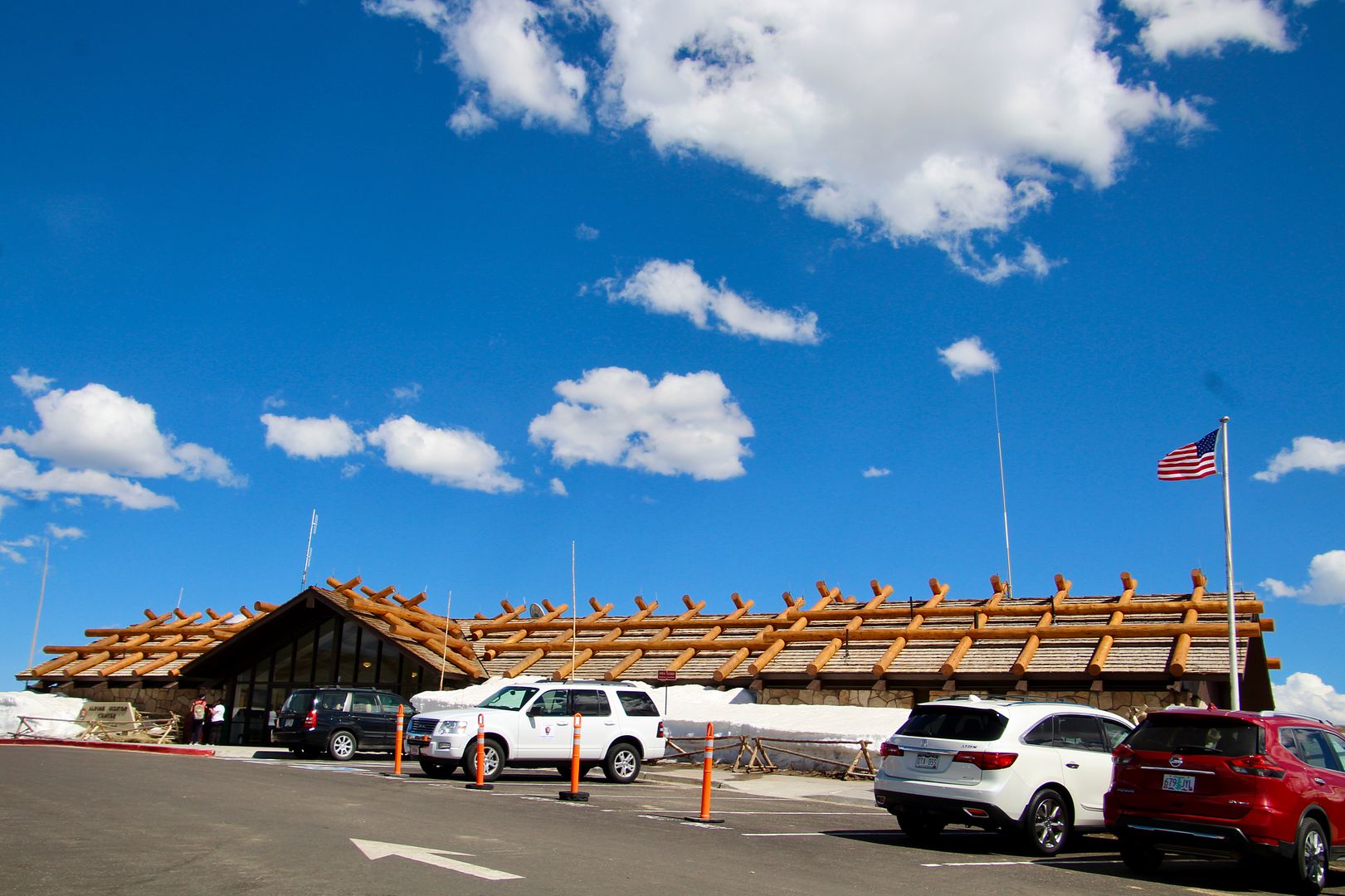
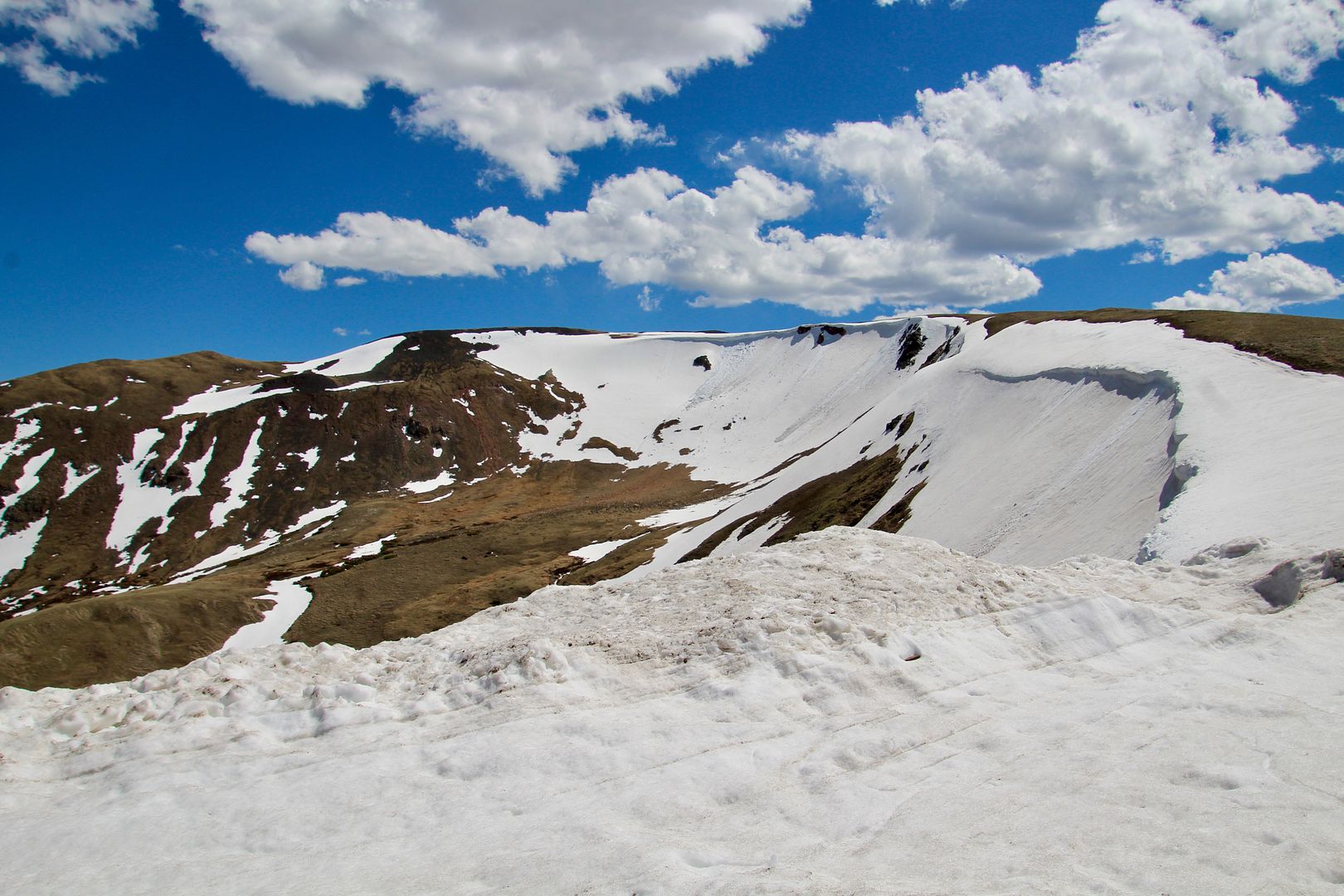
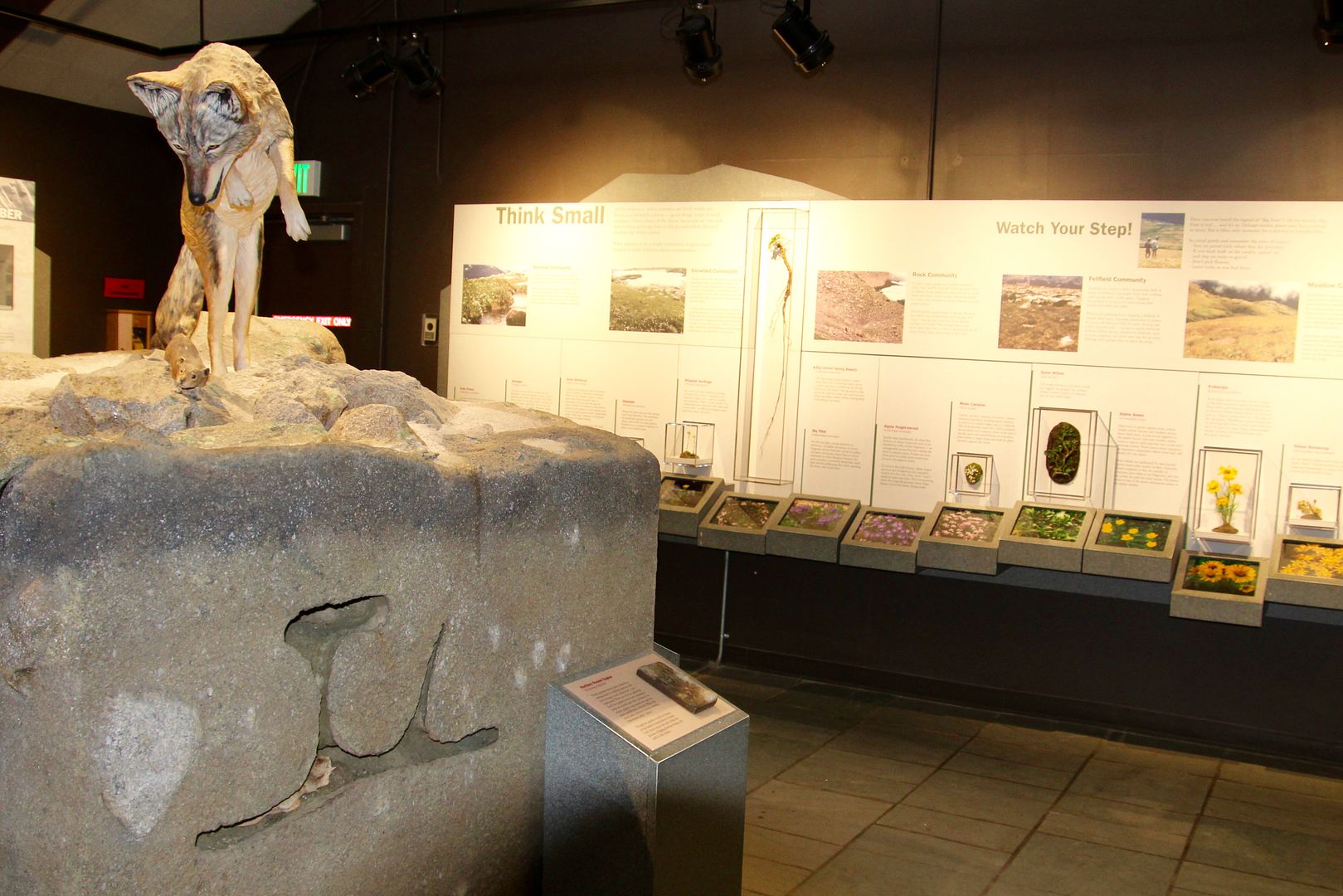
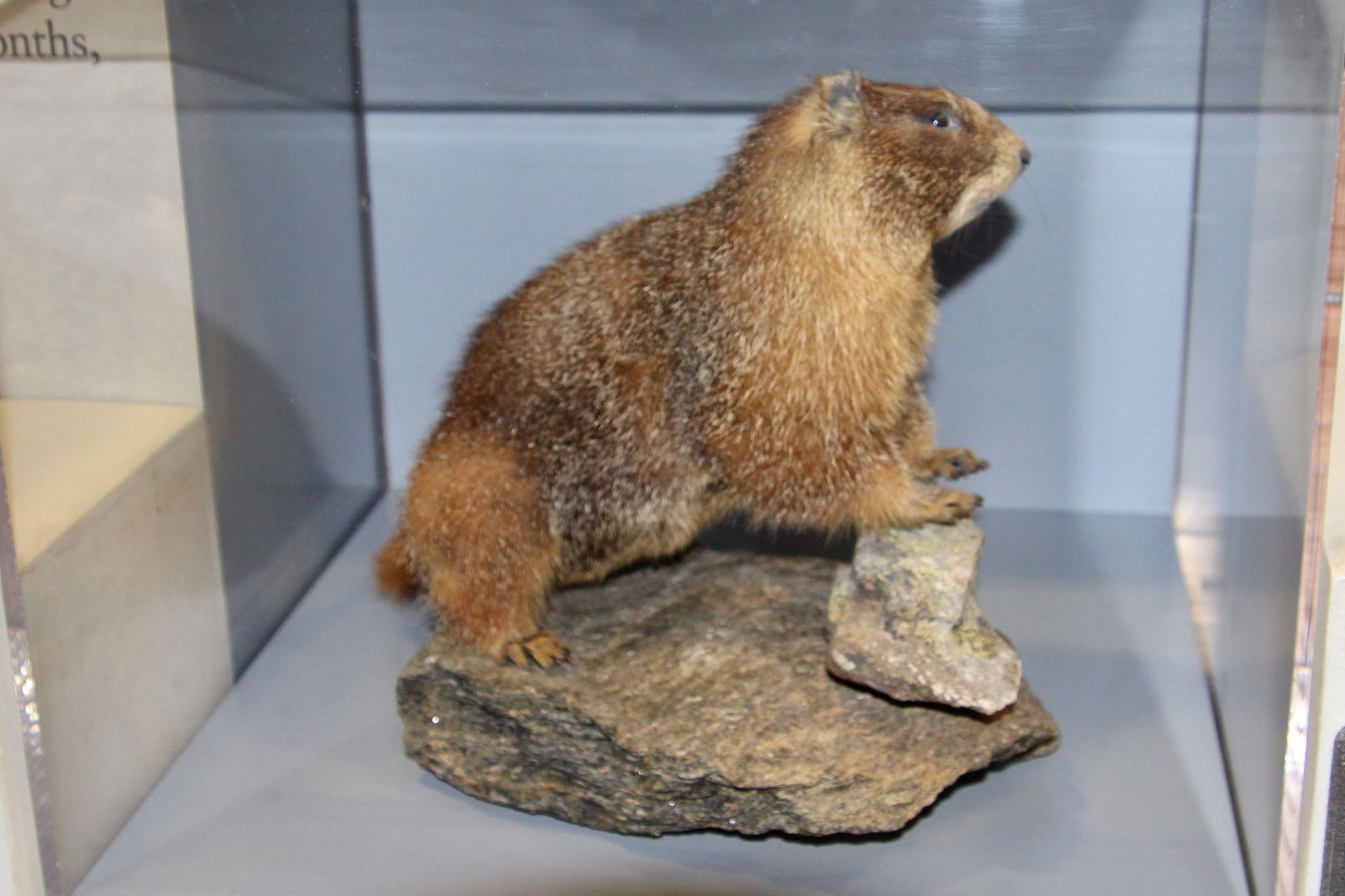
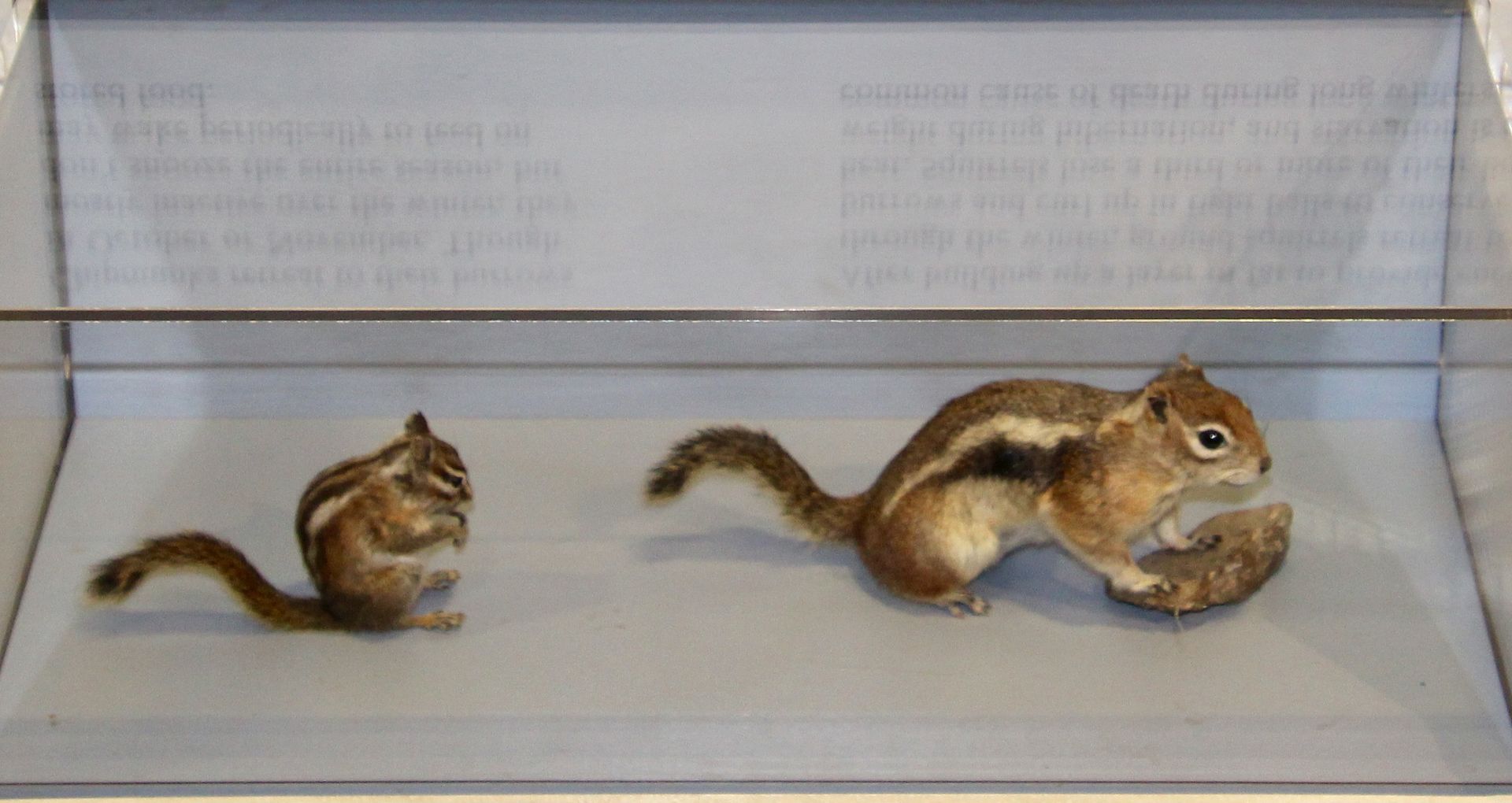
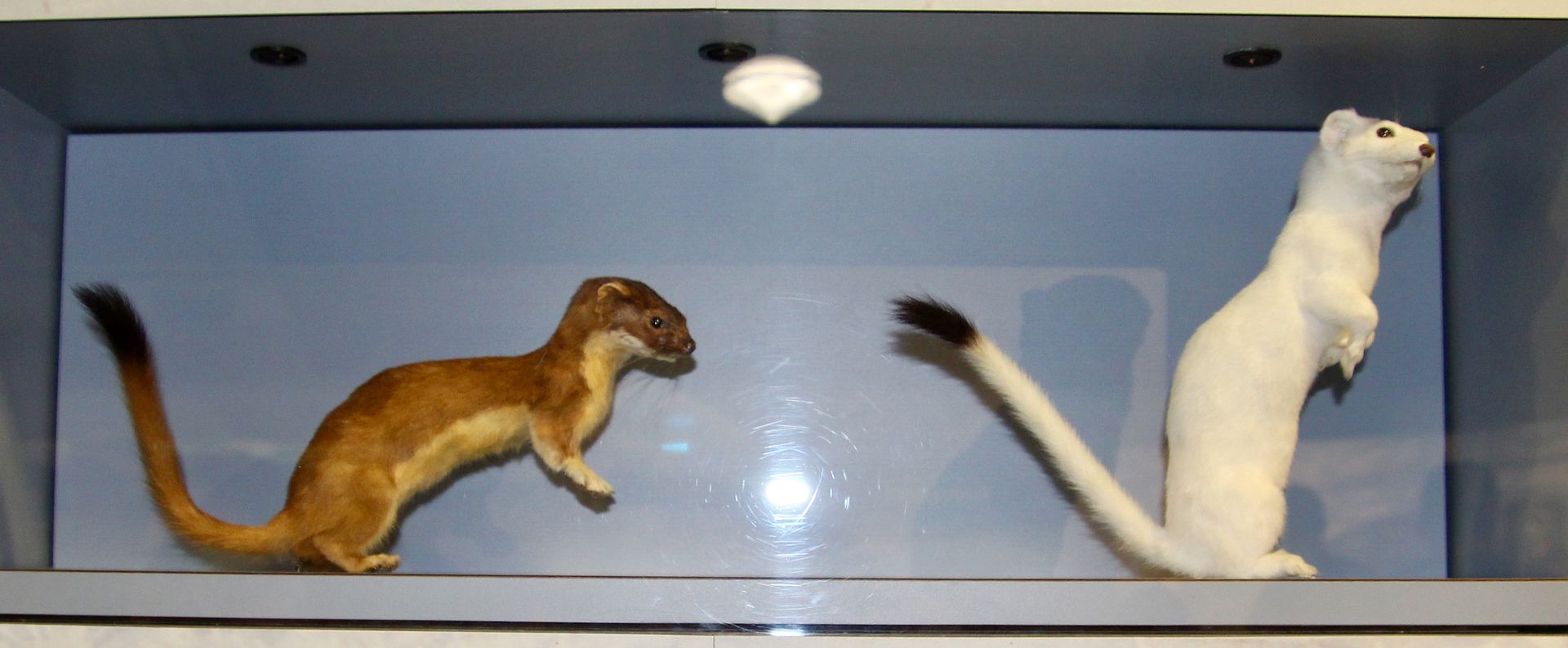
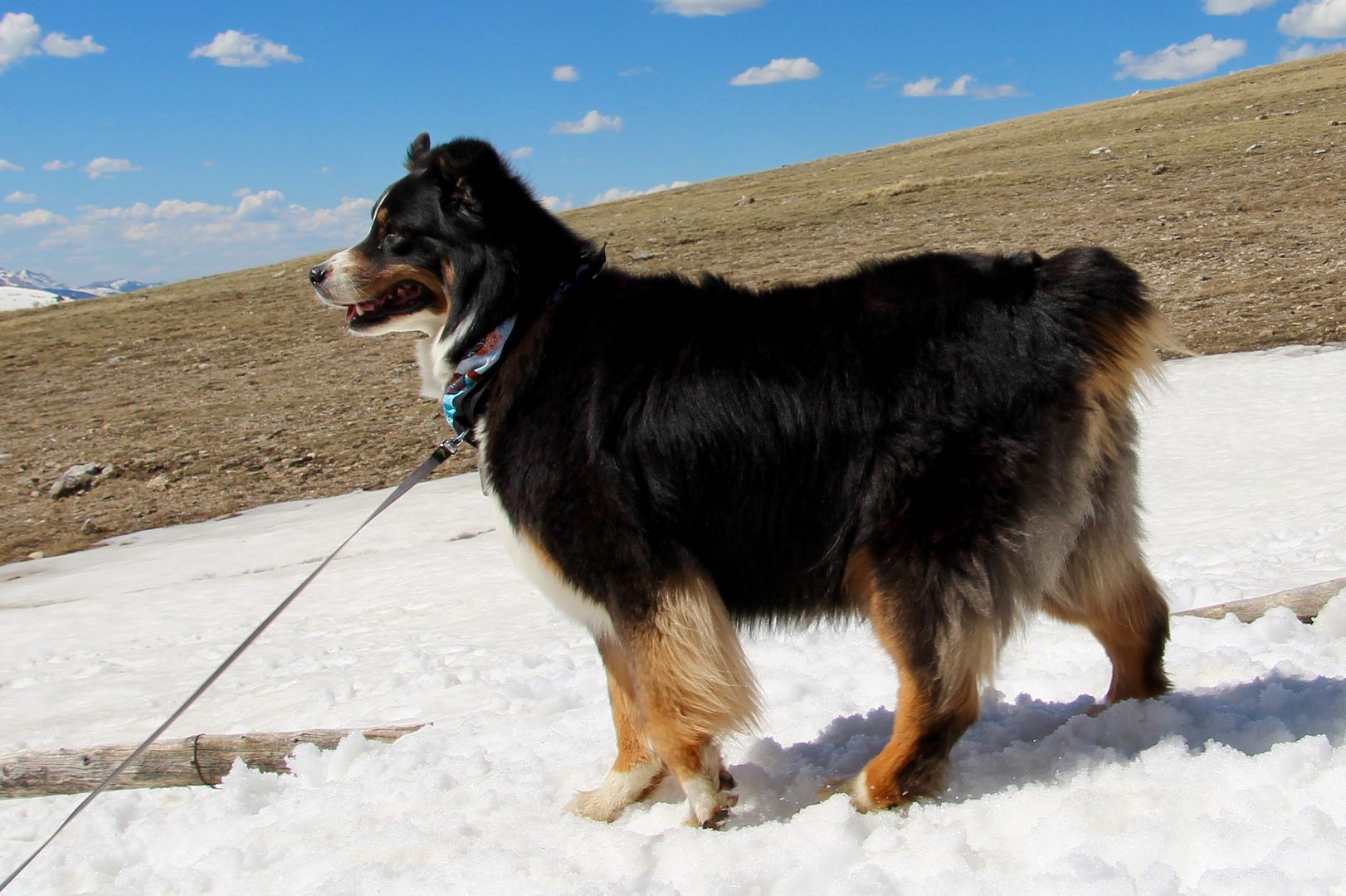
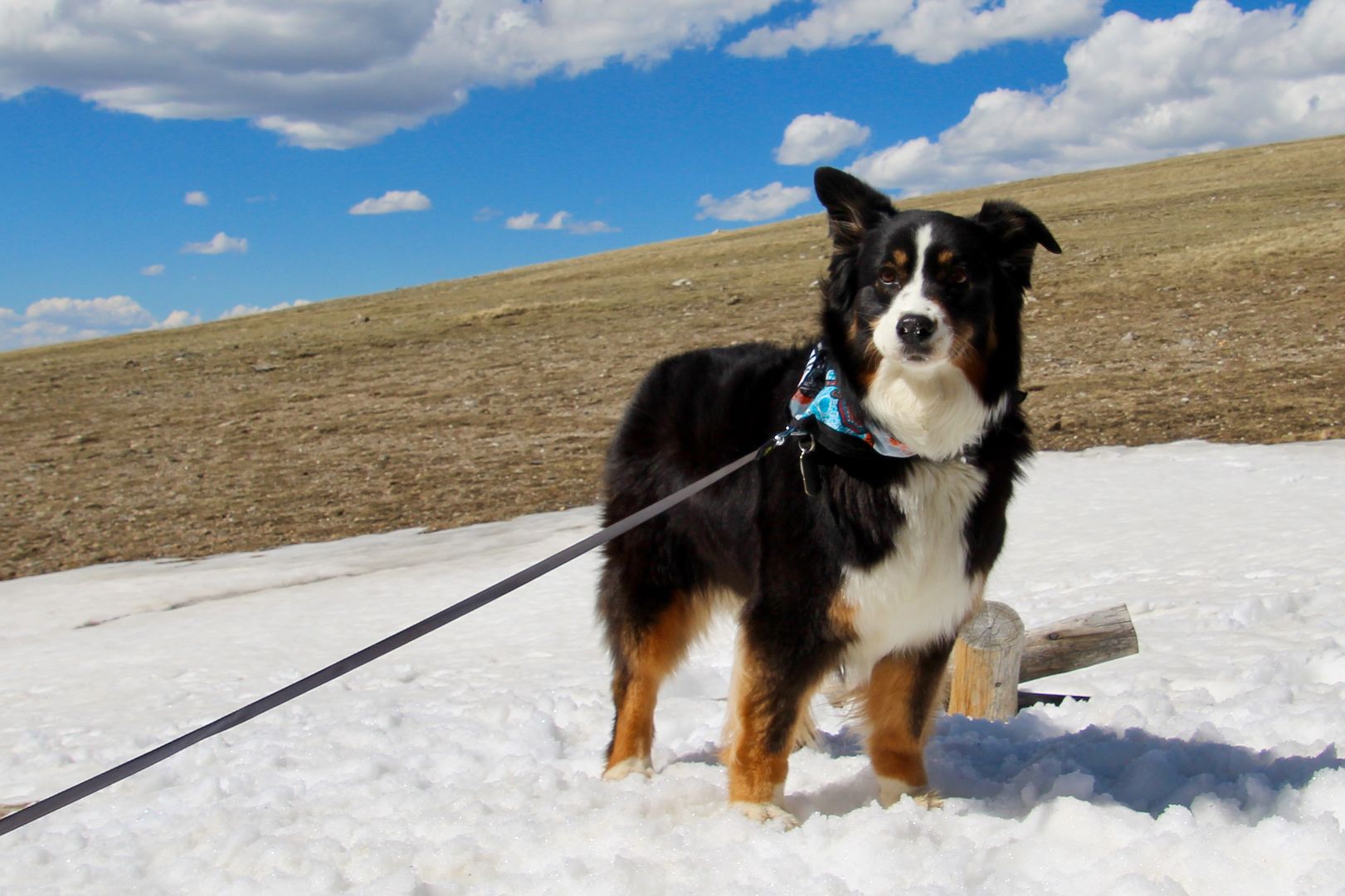
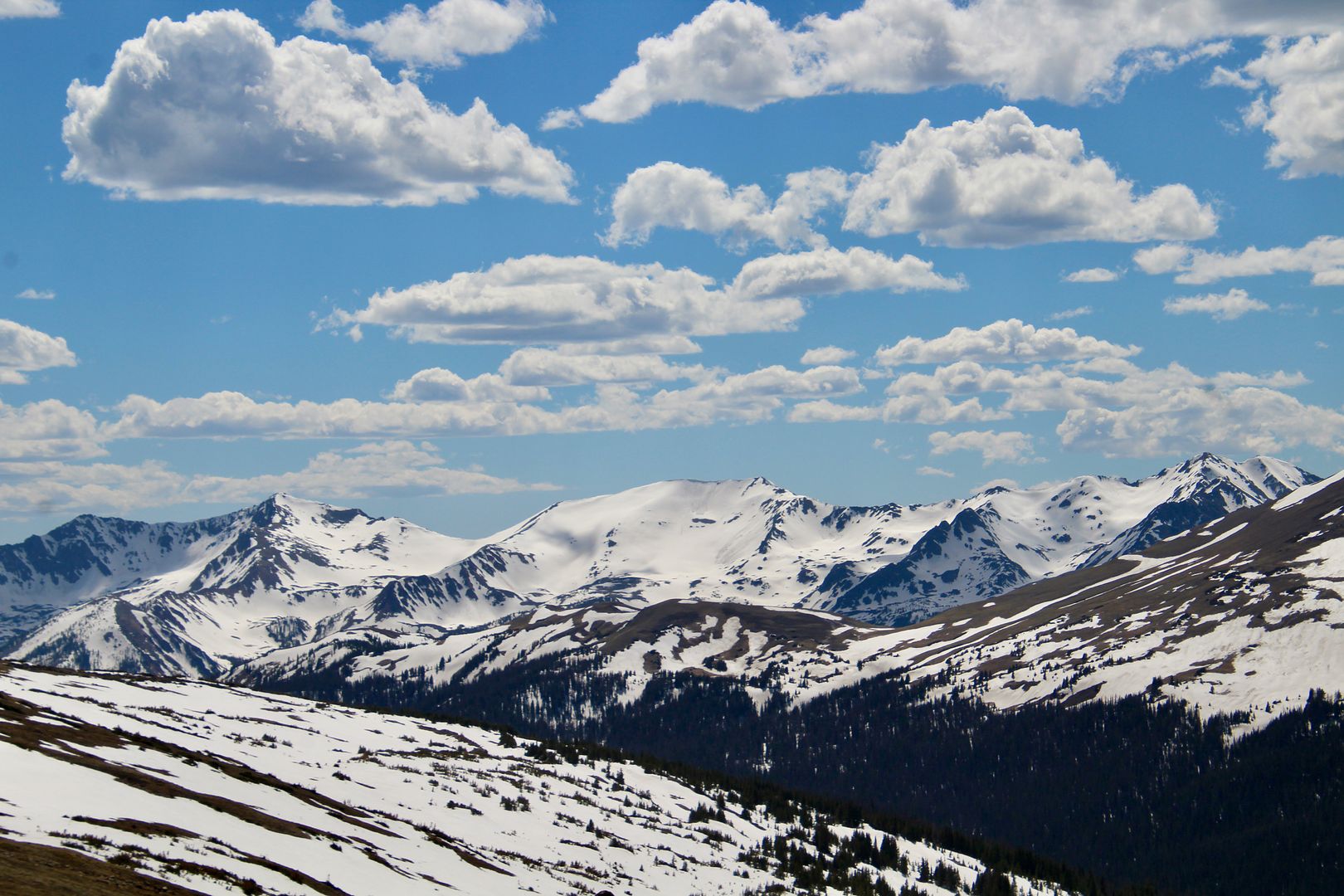
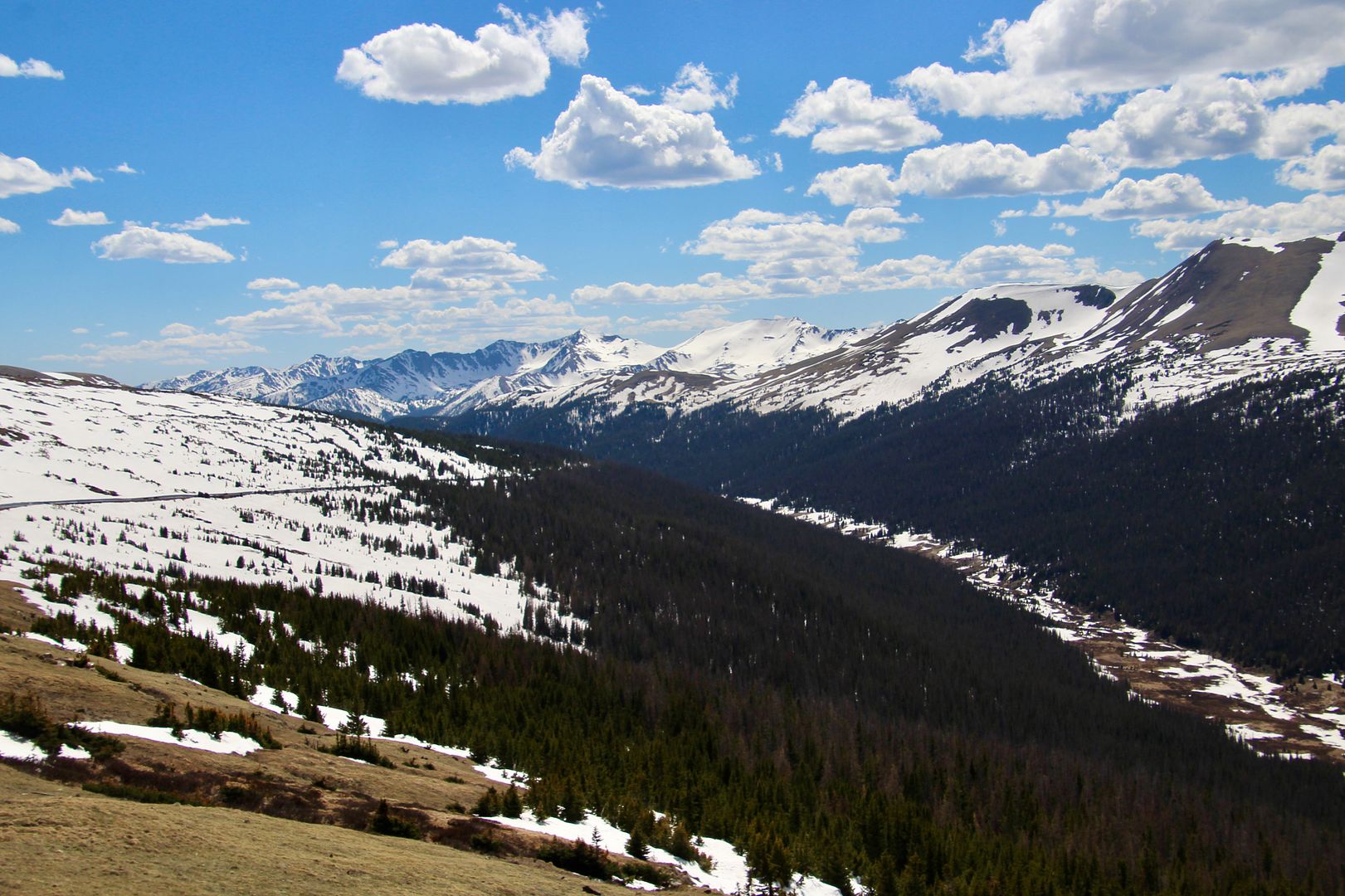
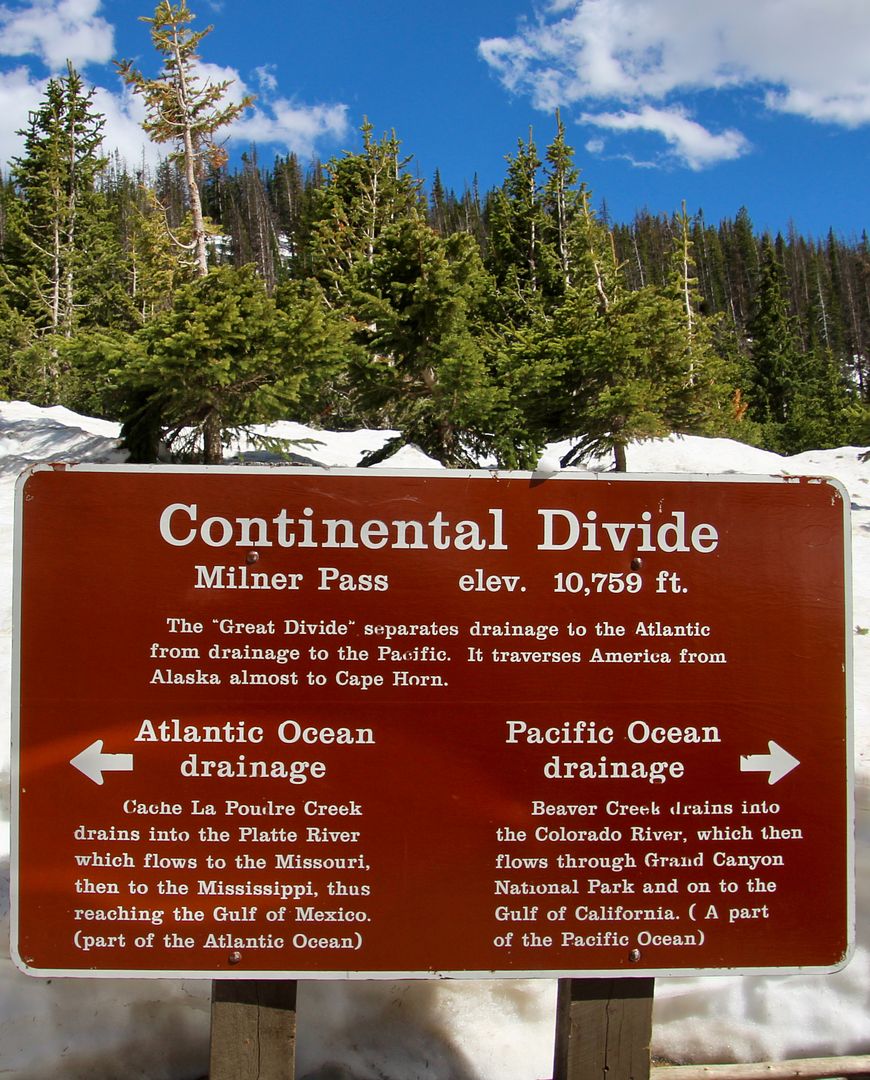


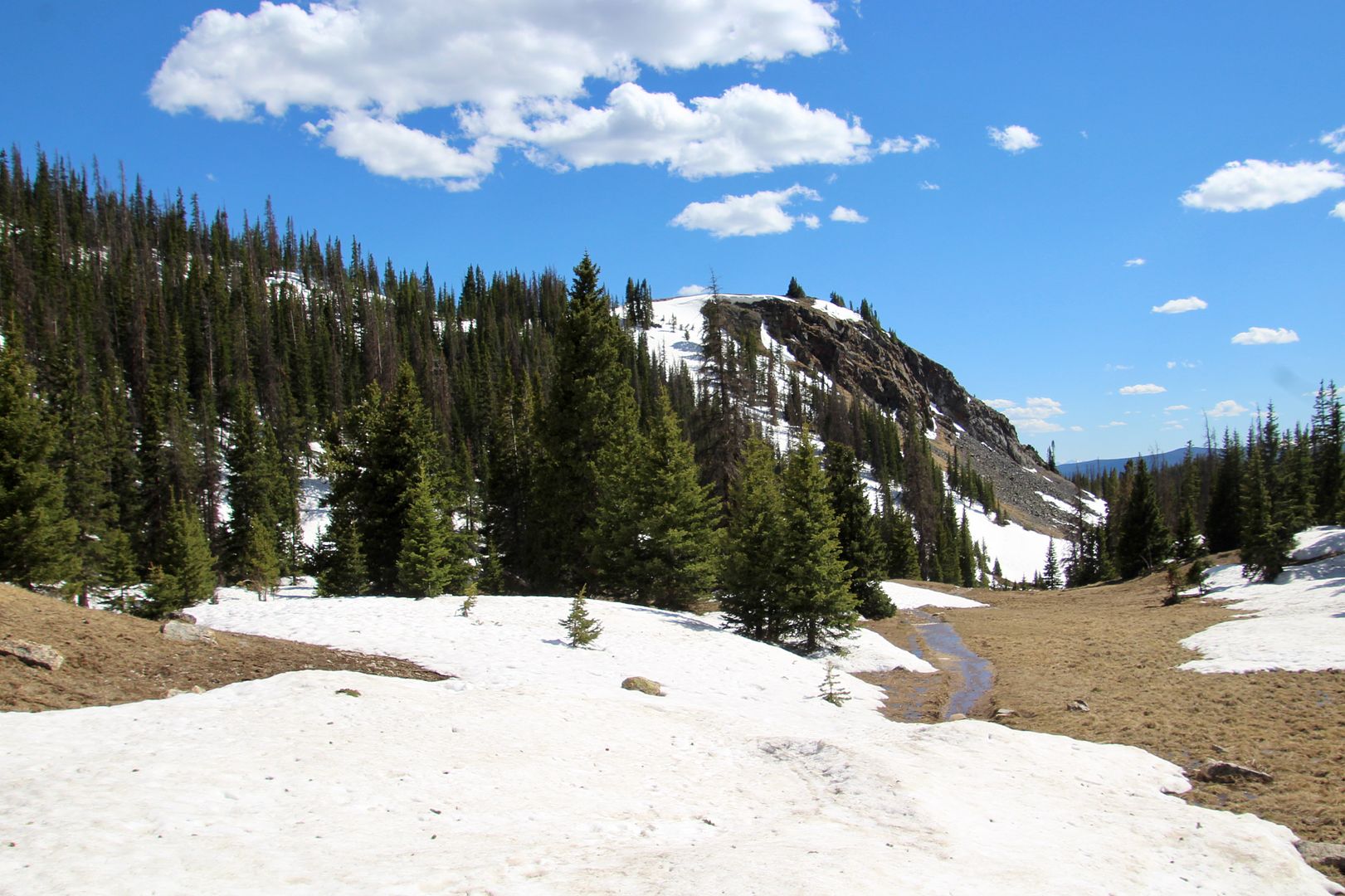
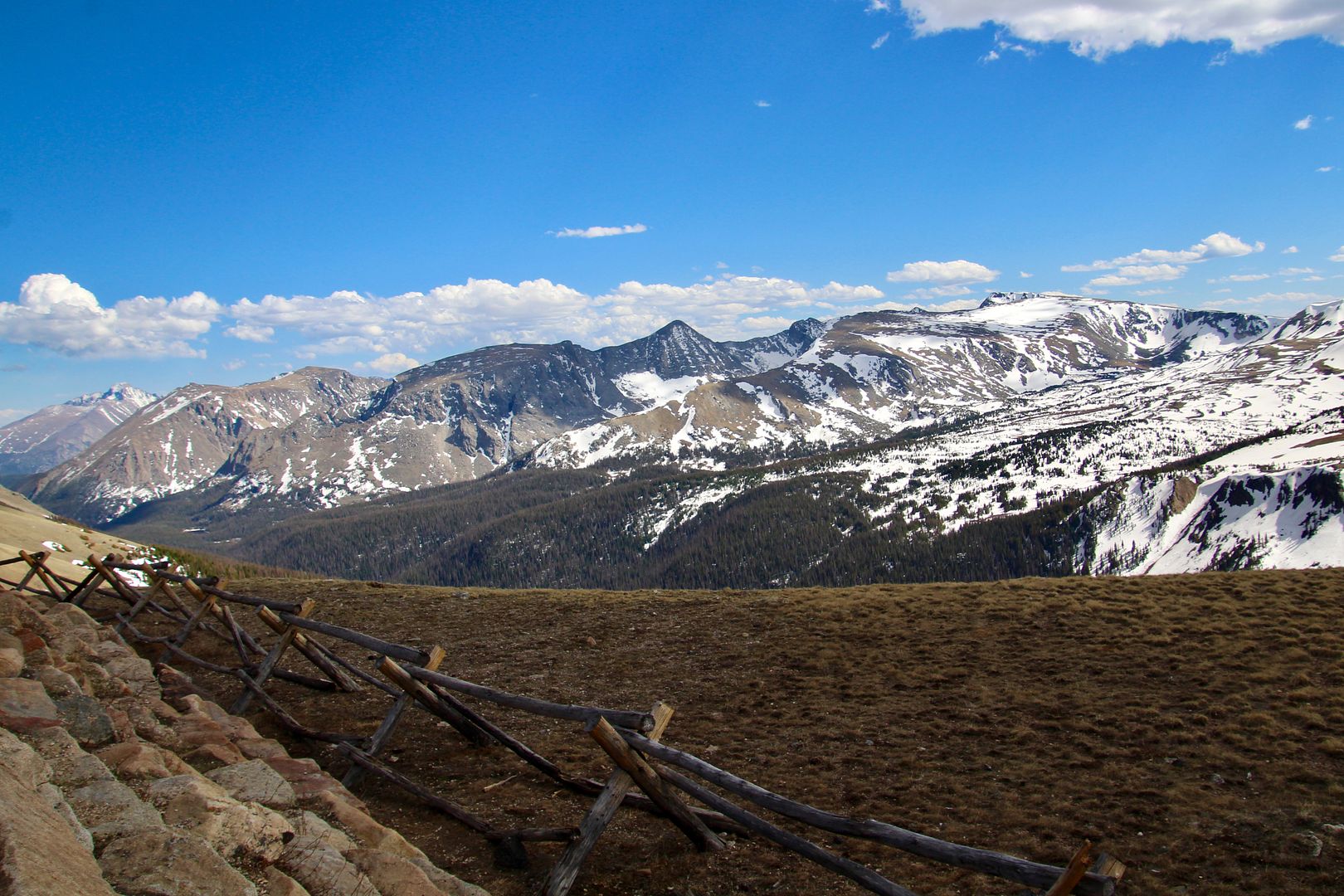

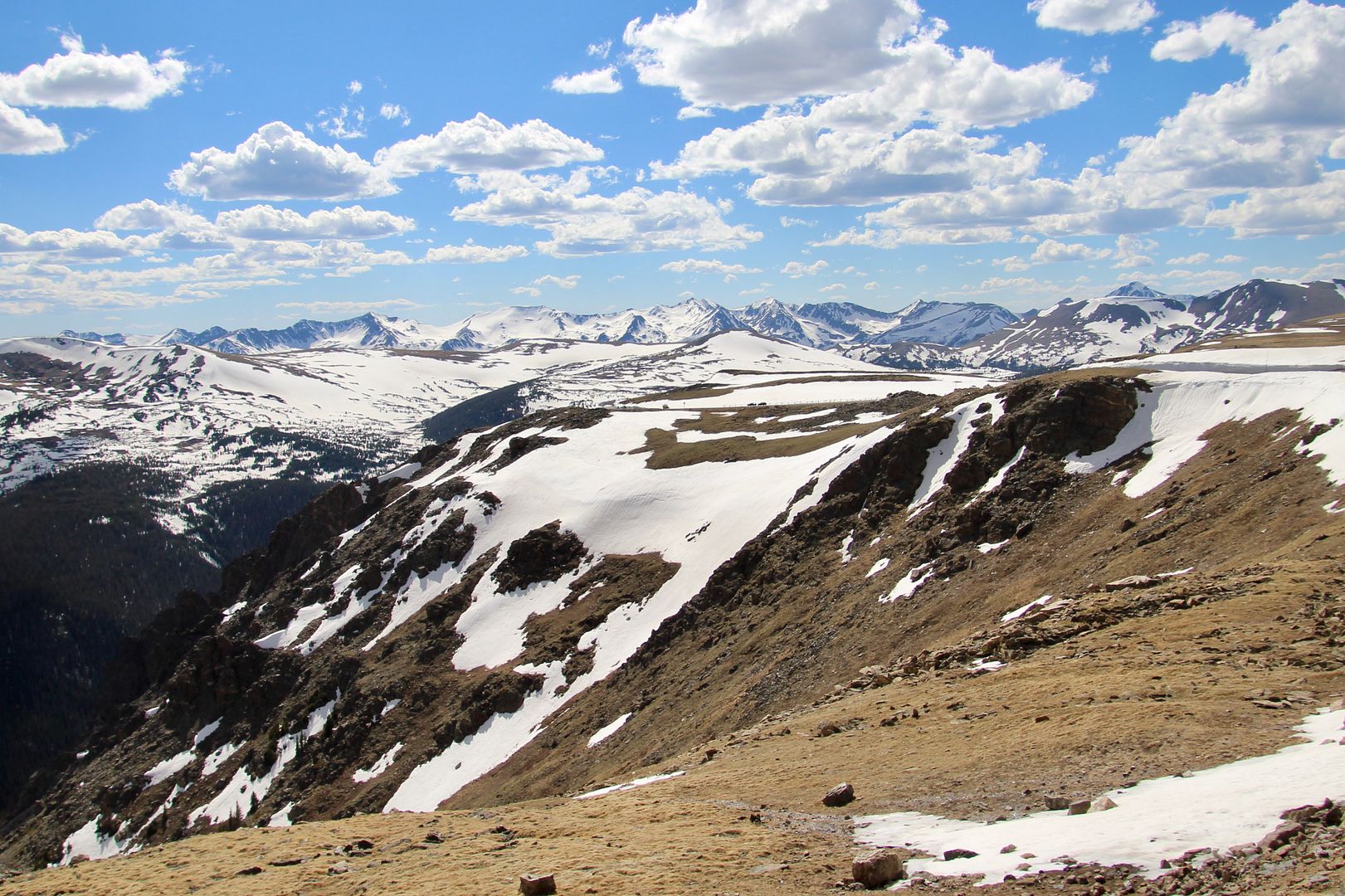
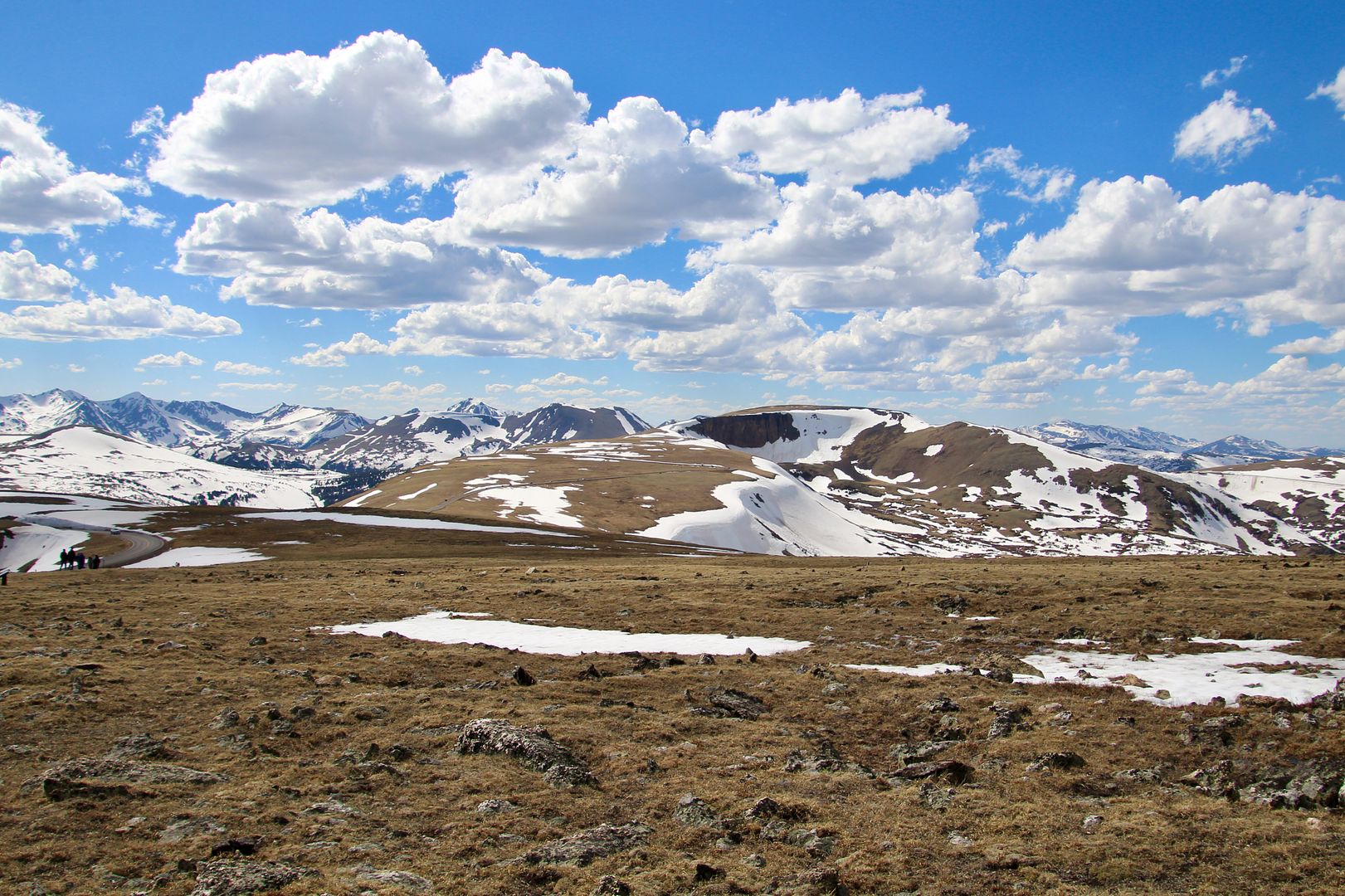
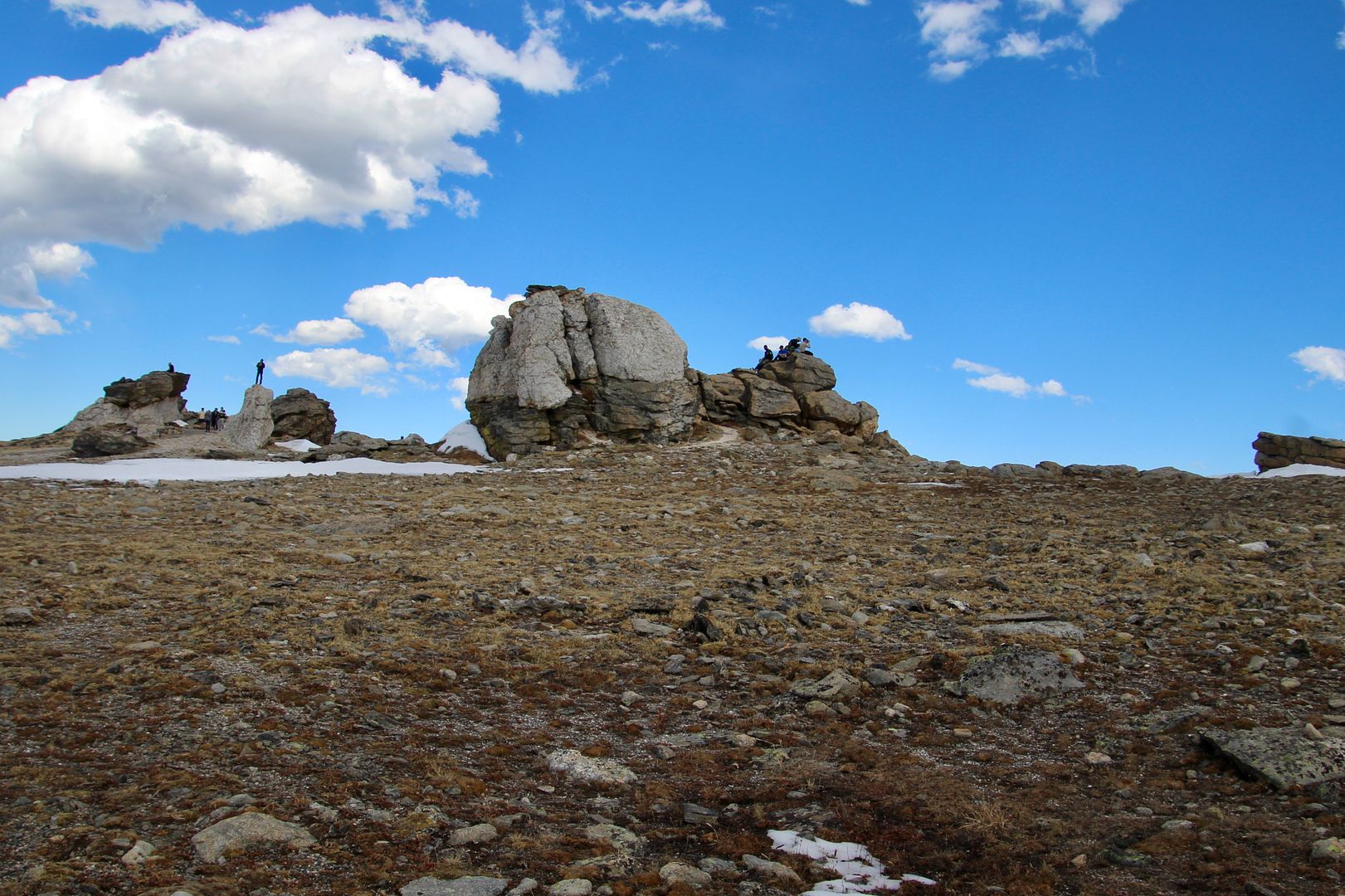
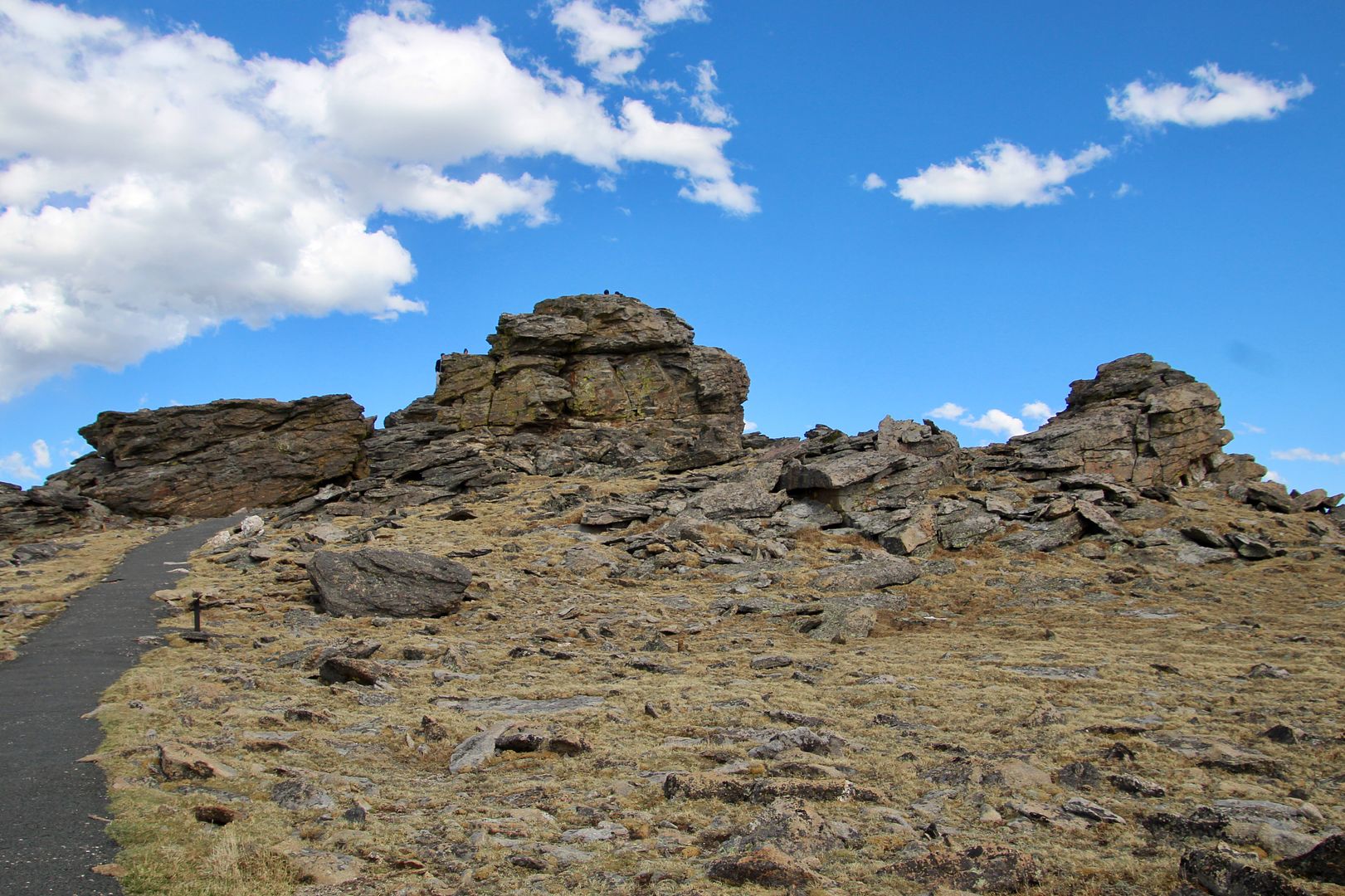
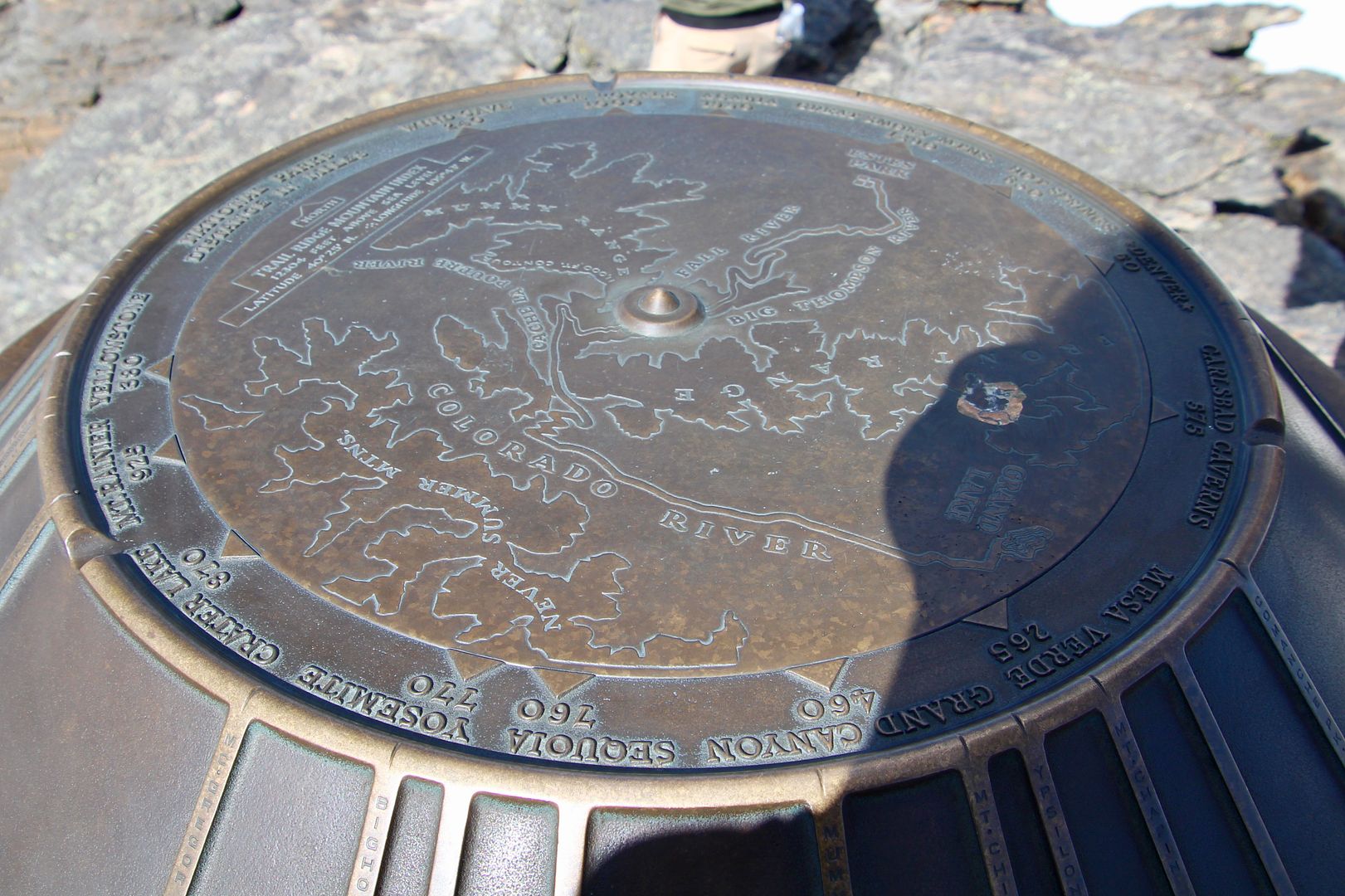

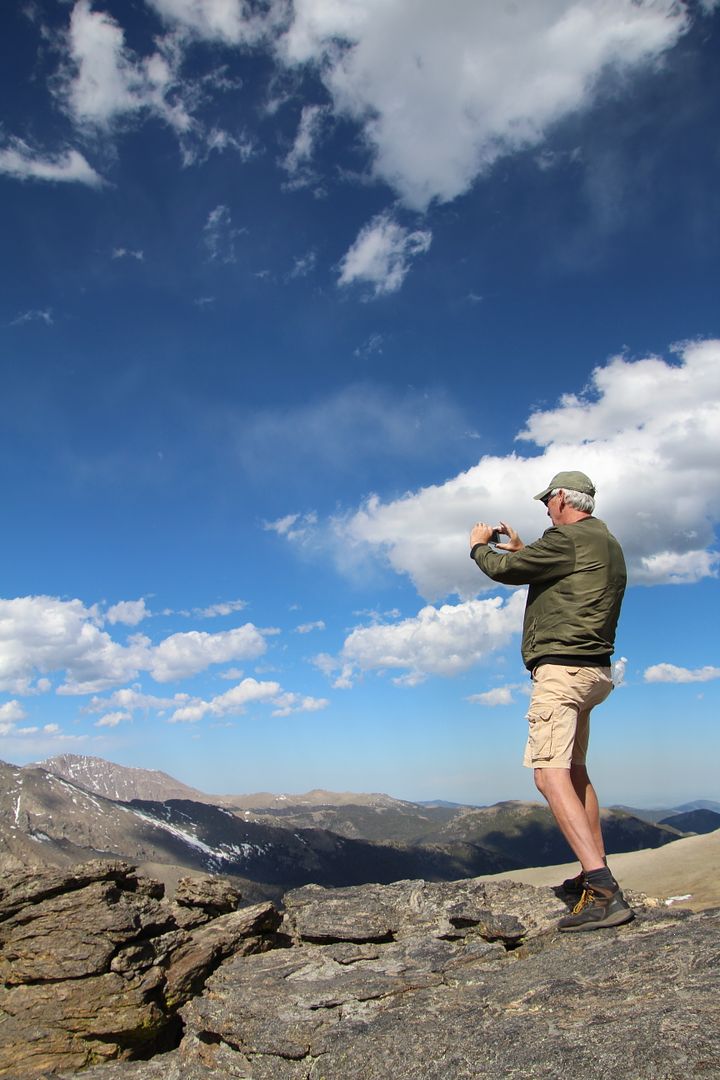
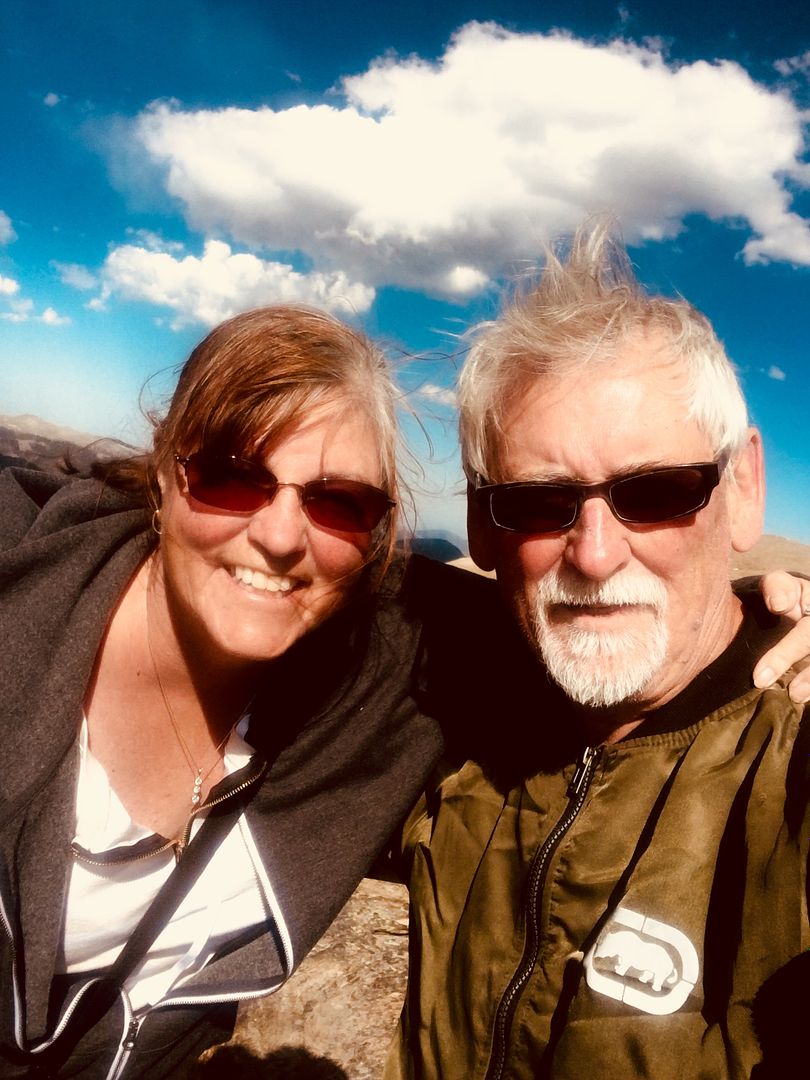
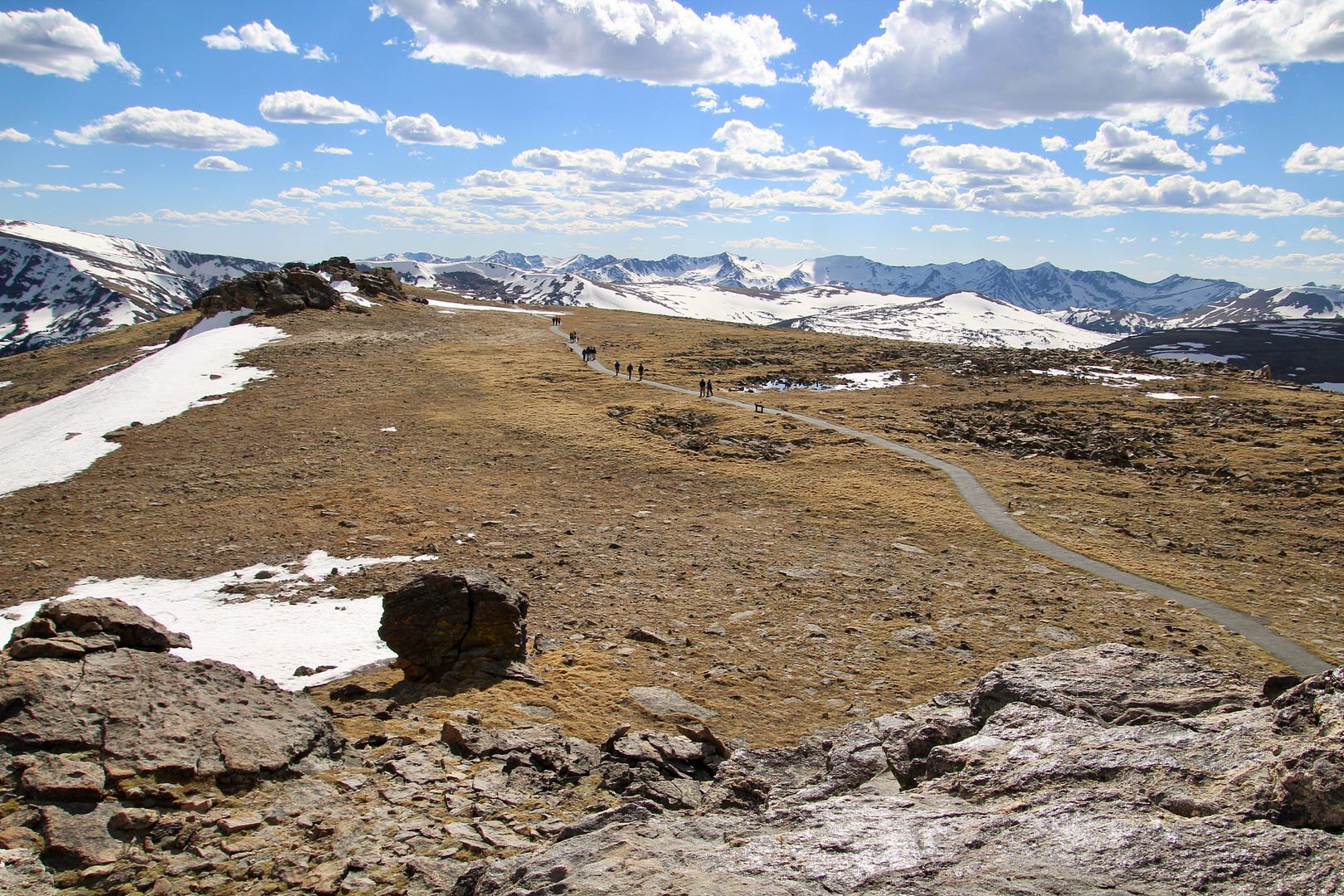

No comments:
Post a Comment